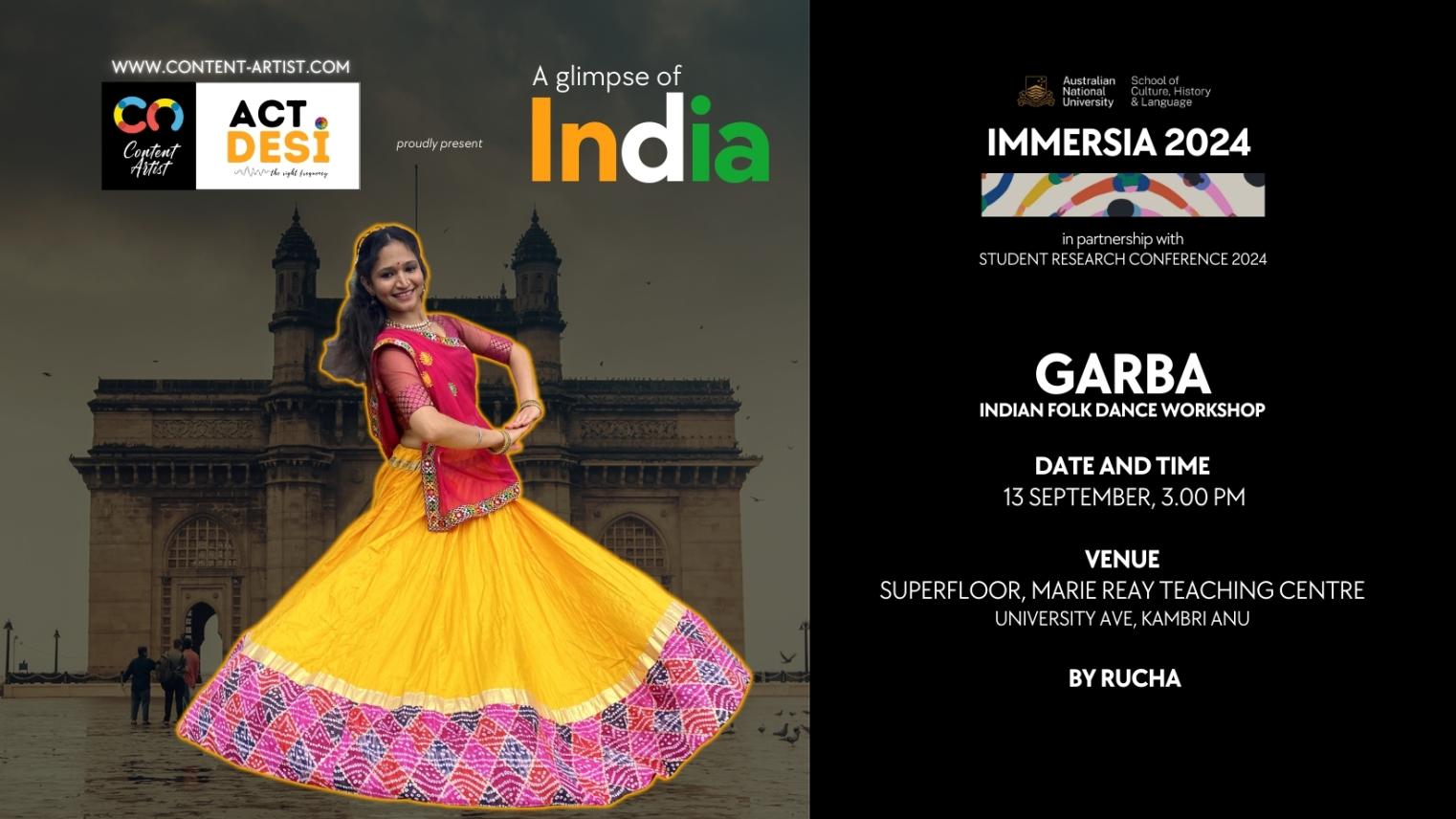Garba: Where Culture Meets the Dance Floor

Picture vibrant colours, rhythmic beats, and an atmosphere filled with joy—that’s Garba, a traditional dance from the Indian state of Gujarat.
Garba isn’t just a dance; it’s a celebration of life, culture, and community. With its origins steeped in devotion, Garba has evolved over centuries, transforming into a lively and inclusive dance that invites everyone to join in the fun.
The Roots of Garba
Garba traces its origins to the worship of the goddess Durga. The word "Garba" comes from the Sanskrit term "Garbha," meaning "womb," symbolising the cycle of life. Traditionally, Garba is performed around a clay lantern with a light inside, known as a "Garbha Deep," which represents life and the divine feminine power. The dance is usually performed during Navratri, a nine-night festival dedicated to Durga, but it has become a popular form of celebration at weddings, parties, and cultural events around the world.
The Dance: Simple Yet Sophisticated
At first glance, Garba may seem like a simple dance—participants form a circle around the Garbha Deep and move in a rhythmic, circular pattern. But there's more to it than meets the eye. The dance involves a series of graceful movements, including claps, twirls, and steps that follow the beat of the traditional dhol, a double-headed drum, and other folk instruments.
What makes Garba special is its inclusivity. The basic steps are easy to learn, making it accessible to everyone, regardless of age or skill level. Yet, the more you immerse yourself in the dance, the more you discover its depth. As the music picks up pace, the dance becomes more intense, with participants often breaking into spontaneous, intricate footwork and clapping patterns.
Garba Goes Global
Garba's appeal has transcended borders. From the streets of Gujarat to the international stage, Garba has found a home in various cultural festivals, especially among the Indian diaspora. It’s not uncommon to see Garba being performed in countries like the United States, Canada, and the UK during Navratri, where people of all backgrounds come together to celebrate.
In recent years, Garba has also been embraced in fitness communities, with "Garba workouts" becoming a fun way to stay active. It’s a perfect combination of aerobic exercise and cultural immersion, proving that Garba is a way of life.
The Spirit of Community
At its core, Garba is about coming together. It’s a dance that erases social boundaries, bringing people together in a shared experience of joy and festivity. Whether you’re in a small village in Gujarat or a bustling city in the West, when the Garba beats start, everyone is invited to join the circle.
The communal aspect of Garba is also reflected in its attire. Dancers typically wear traditional clothing, with women donning colourful chaniya cholis (embroidered skirts and blouses) and men sporting kediyus (short coats) with dhotis. The vibrant attire adds to the festive atmosphere, making the dance as visually captivating as it is energetic and fun.

Join the Dance
If you’ve never tried Garba before, there’s no better time than now! Join in the fun with ACT Desi and their Glimpse of India Garba workshop event, being presented at the ANU Student Research Conference this year!
And later, if you’re feeling adventurous, head to Gujarat during Navratri to experience the dance in its most authentic form. You’ll quickly find that Garba goes beyond dance—it’s an expression of joy, a celebration of culture, and a warm invitation to anyone who wants to join the circle.
So, put on your dancing shoes, get ready to twirl, and lose yourself in the infectious rhythm of Garba. Who knows? You might just find yourself dancing all night long!
Register here.